30 actionable steps to effectively teach chess to kids
Learning chess in different developmental stages of being a human can be different, a child and an adult will have a different studying curve. In ither words, how an adult learn chess is significantly different from how a child learns chess.
Teaching kids in particular can be quite a challenge without proper mechanisms to make things easier. Kids are easily distracted, they also don’t have as much speech skills which makes communication annoying.
You want to make things as easy as possible for a young learner, luckily there are many tips out there for teaching chess to kids. These are general knowledge that I have compiled into an article.
Today i’m going to share the most popular things that I’ve learned (and heard) to make the task less daunting. Here are the steps to effectively teach chess to kids:
1.) Choose a set with big spaces
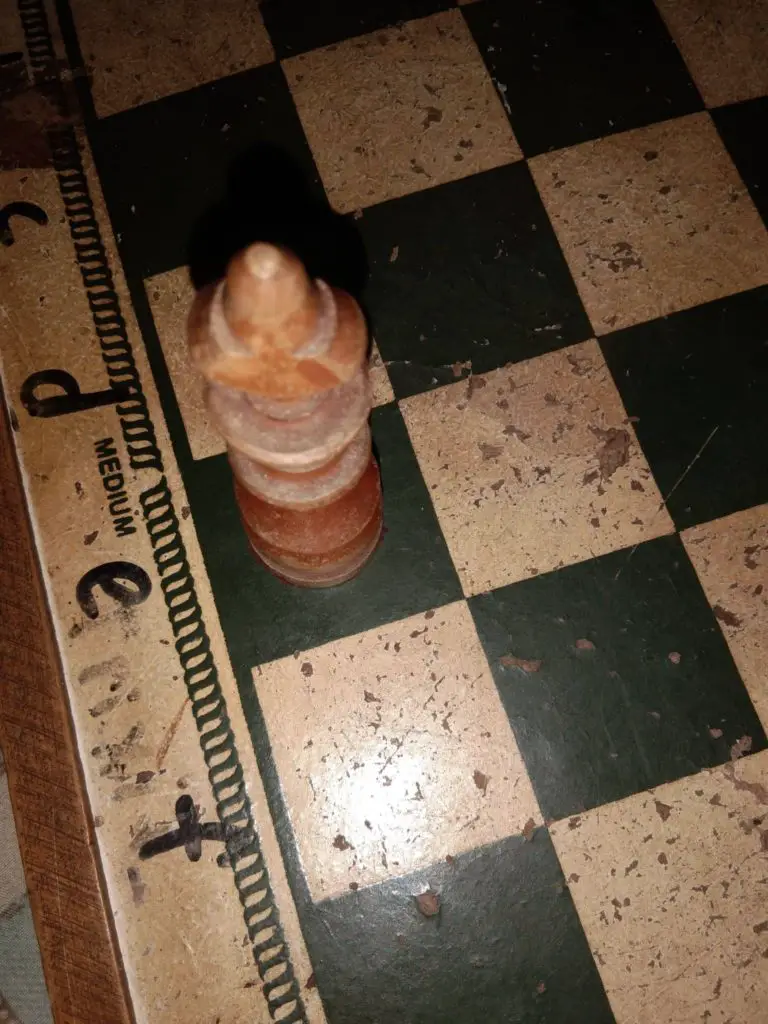
The very first part and frankly the most important one in this context (teaching kids chess) since they haven’t yet developed the sense for spaces. A piece-to-board ratio that is too wide or too narrow can confuse their ability to recognize the position and the pieces, hampering their progress.
Just follow the standard sizes for the board and piece diameter and you should be fine, just don’t make things too weird.
The standard base diameter of chess pieces should only take about 50 to 75% of the board squares, anything off can affect gameplay.
2.) Introduce the Chessboard
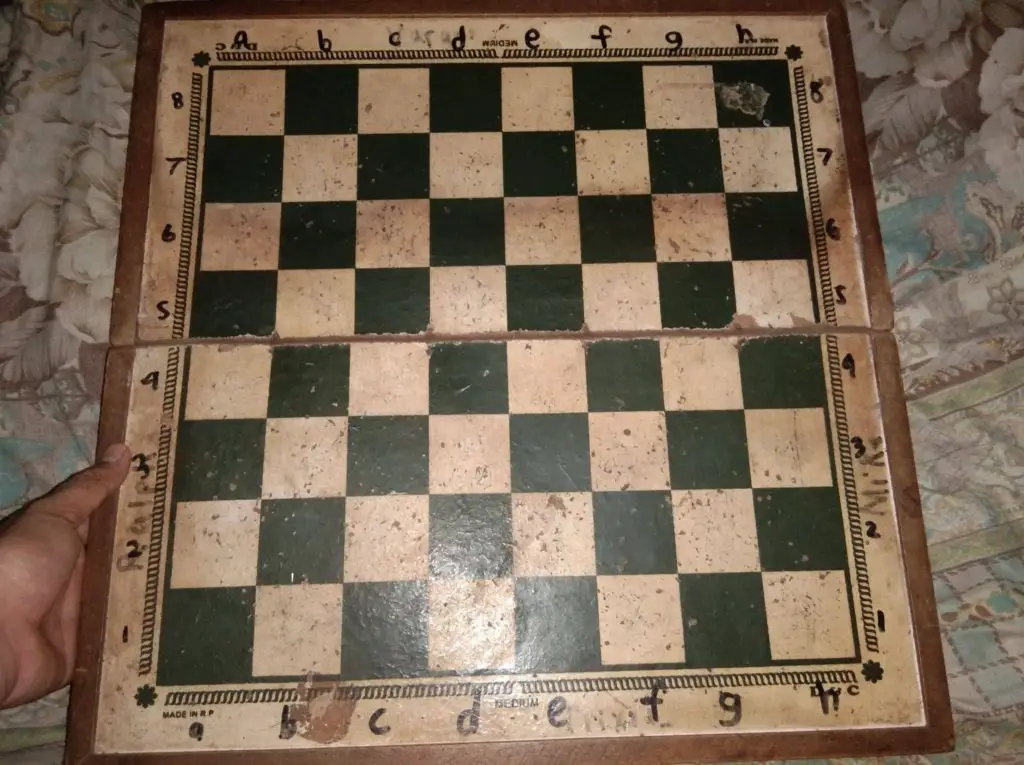
Now that you’ve chosen your set (with board and pieces), it’s time to make the kid learn the thing from you! Express the functionalities of the board, along with the tiles, color, and design to help them familiarize later concepts much easier.
Also, let them ask you even the most stupid questions like “why is the board so big?”, and treat it as a reasonable query.
3.) Differentiate the pieces
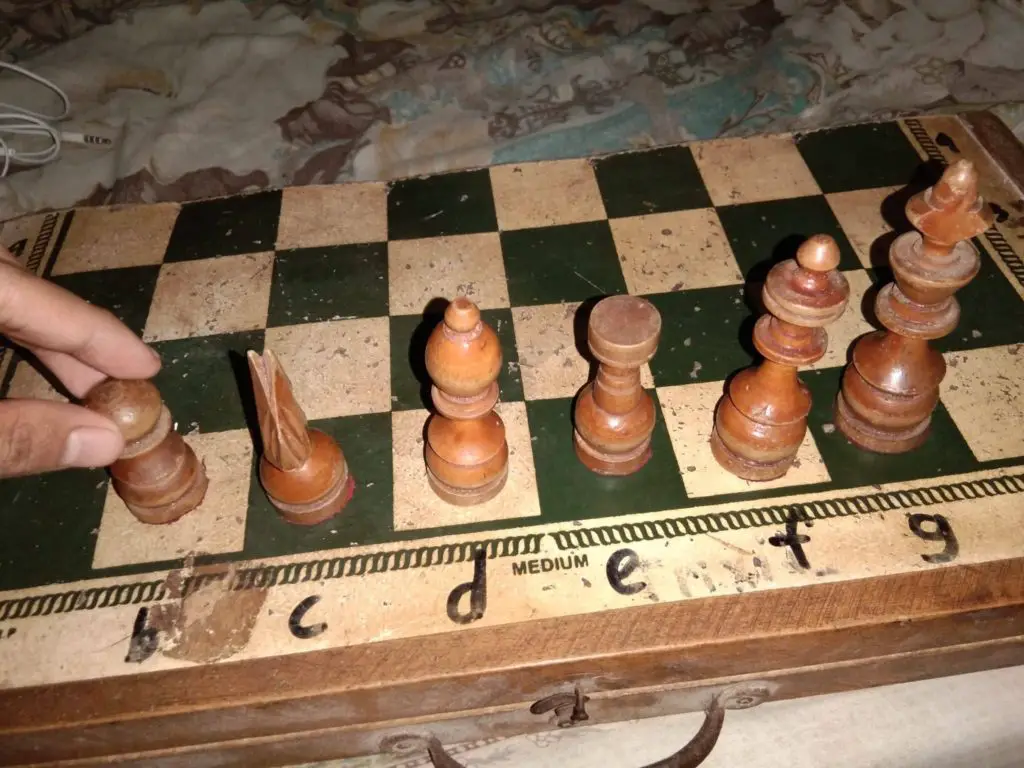
Rushing to teach how the pieces move immediately before the kid started to recognize them is a mistake! There’s a lot of variety within chess pieces, but since the colors are similar it makes them hard to distinguish from one another that can stir a bit of confusion.
One by one explaining every unique feature to each of the pieces can dramatically help with naturalizing their appearance.
4.) Cover the basics incrementally
Very important! we may have the urge to splurge out information in hopes that the little kid can magically understand everything we have.
Well, I bet when you’ve first learned you didn’t try to study everything all at once, and therefore the kids shouldn’t be as well. Chess is a complicated game, slow down and answer questions that may arise during the process.
5.) Don’t express expectations
This the thing that I’ve observed to hold most learners back about in everything that they do, which is that teachers often pressure them to perform.
This can be beneficial in certain situations like work, but this does not work and your kid and they shouldn’t be treated as an adult. Don’t express what you want them to become in any phase of the study, just let things unfold and accept it.
6.) Teach piece’s movements one by one
Now it’s time to learn the movements! one of the most complicated aspects of teaching someone chess.
Be careful not to over inform the kid to the brink of non-comprehension, slow down, go one by one and answer questions. Even some YouTube tutorials I think goes too fast for a simple child to understand (adults are different of course).
7.) Initiate with the Rook first
This is a ninja trick that I’ve seen work wonders when teaching a child, start with the rook! It is the simplest piece that can move horizontally and vertically, a pattern that the brain can easily remember.
Even the pawn is more complicated than a rook, since it can capture differently and has special rules.
8.) Allow mistakes
During this process please tolerate any misunderstanding and mistake your child has perceived, it’s actually pretty normal. Tell them that it’s ok, so that you can clarify things if there is any earlier than later.
It also provides a more enjoyable experience free from stress and again, unnecessary expectations.
9.) Teach the starting position
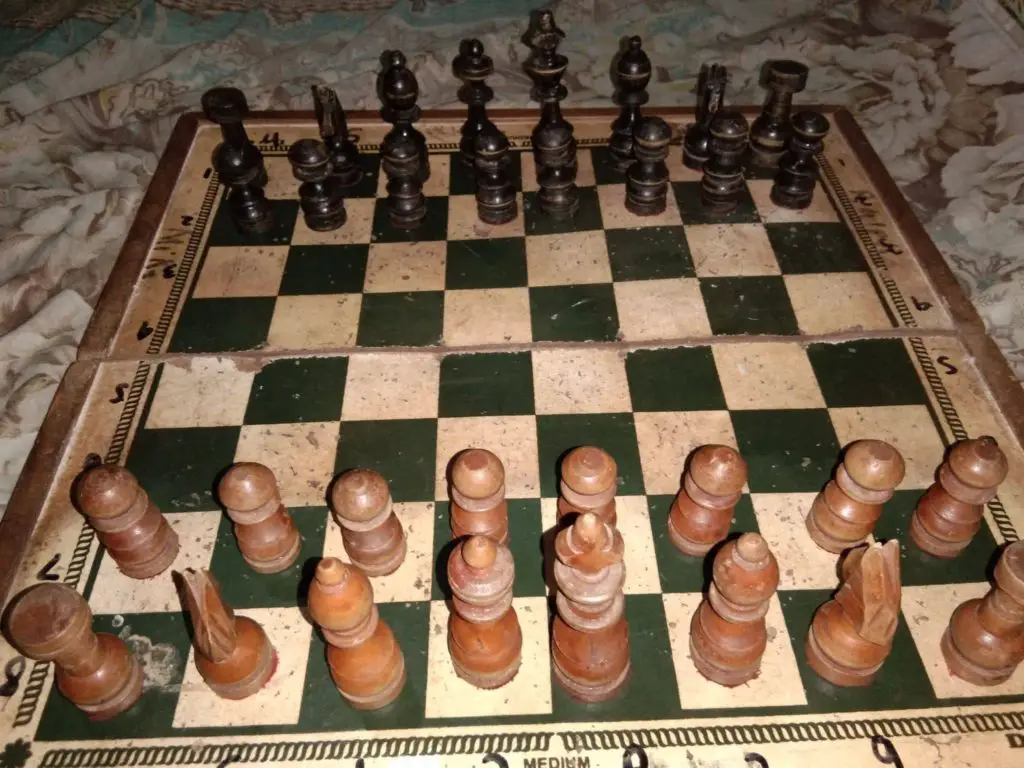
Now, it’s time to lay down the pieces over the board and illustrate how they are properly positioned at the start of each game. Don’t let them play yet, just make them understand the proper order of king and queen as well as the other major pieces.
This will make them visualize the game more easily, we need to take one step at a time since they’ve barely learned how the pieces move.
10.) Let them identify the pieces
At the starting position, point towards specific pieces and ask them the name and movements. Make it a quiz, a challenge that tests their knowledge of the things that you’ve thought them earlier.
This would make them embrace the idea of familiarizing with the pieces rather than just knowing them, making the process easier.
11.) Play a pawn only game
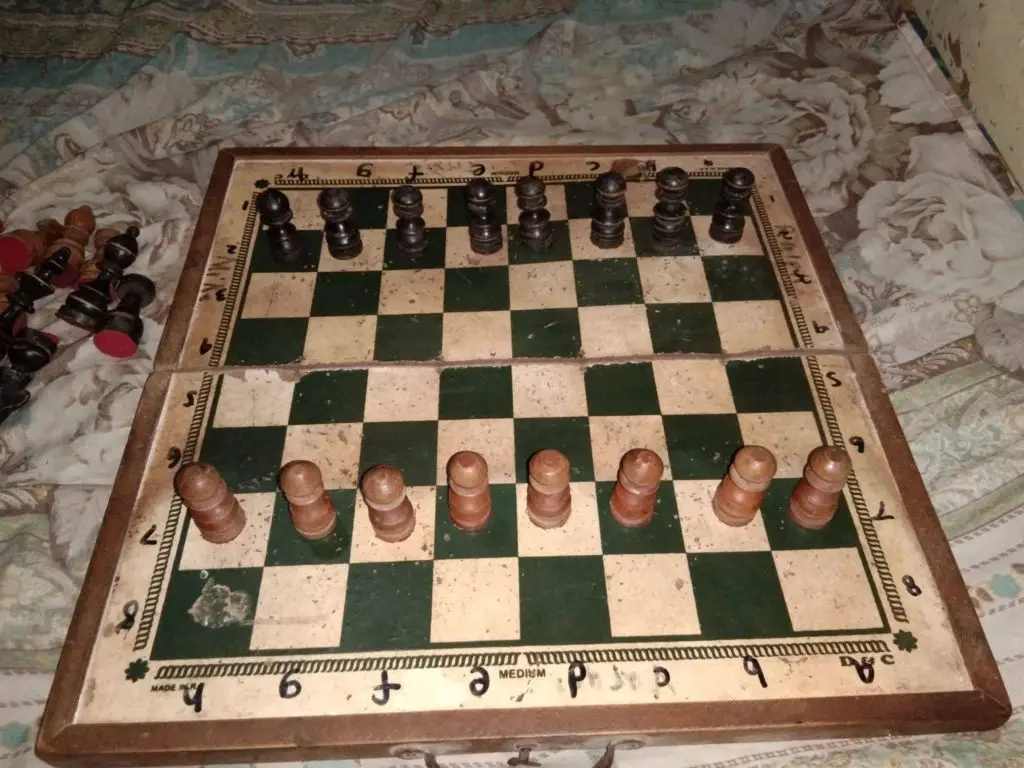
Remember when I’ve taught you that you shouldn’t let them play a full-fledged game? that’s because it would be too much, take it step-by-step. Start it up with the pawns, it is complicated but slow-moving units that will be involved heavenly in the actual game.
Mix up the rules, whoever gets to have the first pawn at the last rank wins or something like that, make it enjoyable.
12.) Explain the two space forward (pawn)

Now in order to play a pawn-only game, you need to let the kid know about the basic pawn rules. The basic of all would be the initial two-tile move that a pawn is able to perform at the start of the game.
Emulate the modified (pawn-only) chess to how the actual pawns behave in the real game.
13.) Describe pawn promotion

Earlier I’ve talked about how you could set the rules to the one where the first pawn reaches the last rank wins, but you should also use this opportunity to teach pawn promotion.
It is not as hard to understand as the other rules but is still pretty important. This should be easy to digest since it is simple enough that it can be highlighted in this modified chess game.
14.) Illustrate En passant

From the simple ones to the complicated ones! this is a perk of the pawn that even some beginners are not aware of. And you shouldn’t pressure the kid with it immediately as well, only when they recognize the pawn enough.
Incorporate this in the modified (pawn-only) chess, so they could practice a little bit and understand it appropriately.
15.) Play a pawn/bishop game
From the only pawns it’s now time to level up, introduce the bishops to the game! Feel free to make the rules that you think would benefit the child’s learning progress, or you could just use the one from earlier.
By taking things one by one it makes the learning process more digestible and less daunting.
16.) Play a pawn/bishop/rook game
Now add the rook to the game after the bishop, following the pattern of taking things slowly.
The kid should have a decent idea of how the rook move since it is the easiest to learn (it’s okay if they didn’t get it though). This would make the game more complicated than any of the versions before and is close to the real game.
17.) Fiddle with the Knight
The most complicated piece to master in chess along with the queen, you should be careful on this one. Don’t even add this yet to the game, it would just make things really confusing to follow.
Instead, I recommend that you place the knight alone on the board and let the kids play with its movement patterns (until he/she gets used to it).

18.) Play without King
It’s on! let’s get all the major pieces in the game, we need to develop movement patterns at this point. However, we still don’t want to shock the kid with all the information so we won’t include the King.
This is to take away some of the responsibilities of looking out for checkmates, making the game breathable.
19.) Make learning enjoyable
I just want to add this here since we’re getting too pragmatic, make sure that it is actually fun! Kids like fun things, and unless you can present the same impression then they’re going to be bored.
Just don’t go too far and look like an idiot, be authentic and just enjoy yourself.
20.) Describe Castling

This is another confusing rule that we shouldn’t teach before we learn the piece’s movements, castling! At this point, the child should be able to understand the aspects of this rule, so it’s time to teach it.
Teach both long and short castling, as well as when you can, cannot, should, and shouldn’t castle my article about it could help you (will open in a new tab).
21.) Play a full game of chess
After they’ve thoroughly completed all the necessary steps, it’s time to play full chess! Get the king on the board, the kid should now have enough vision to keep up with someone quite familiar with the game (at least a little bit).
Don’t expect them to perform spectacularly at first of course, but still congratulate them for at least learning the stuff that they know.
22.) Teach chess notations in a friendly way
Chess notations (writing down chess moves) can be quite hard to understand, so do it in a friendly manner.
Of course you can’t teach something that you don’t know yourself, so study chess notations if you’re not educated with such. Try to incorporate it in a full game, let the kid write moves while playing.
23.) Explain the importance of this activity
You should answer the question of what’s the point? The child deserves to know the purpose before being engaged in this. Of course you shouldn’t hypnotize the kid to only learn chess, but you should at least justify giving them routines.
There are tons of benefits from playing chess, if you can’t think of one then here’s my “35 benefits of chess” (will open in a new tab).
24.) Encourage self-learning
The very best way to improve is self-dedication, it really helps if the kid is interested in this themselves. They would consider this fun instead of work, and therefore would likely put in the effort to actually learn.
Go by the sidelines and encourage them along the way, even as simple as playing with them would help.
25.) Have a learning structure in place
Have some sort of a plan for how the studies will actually be implemented in order to maximize results. Whether you’ll use books, play more games, work on tactics, whatever.
Just ensure that there is a system to show that you know what you’re doing, and also to succeed.
26.) Create a recurring chess schedule
Whether it’ll be once a week, every two days, or once a day, have a disciplined hour to keep working on this. Of course, if the kid doesn’t want to do it then don’t force it, but a time schedule is still very useful.
This is to track the progress and clarify which aspects of the learning process you can further improve, a good substance.
27.) Watch (Chess) YouTube vids
We are living in one of the best digital era ever where information can easily be attained ie. YouTube. There are lots of freely helpful channels out there waiting to be found, you should discover all of them!
It would make learning less costly and at the same time more efficient since most kids nowadays are always playing on their phones.
28.) Practice tactical puzzles
This is a step that every chess player should accomplish at some point, going tactic frenzy that is.
Challenge your kid, solve as many tactics as possible since it is arguably one of the most enjoyable part of the study. It is just fun, and try to play alongside to introduce more interest that may lead to more motivation.
29.) Anticipate small progress
Wake up, it’s unlikely that your kid will be the next Magnus Carlsen, and you should treat him or her as such.
Don’t expect the kid to be playing like a champ next week or a month, chess progress usually takes years for most people. Don’t expect huge things and always readily incentivize the child for just even participating in this.
30.) Find friends that can learn with them
A very important step, your student is just a kid, and they want the association. Most kids would want to play with a friend or have one themselves, so find the one that can be their group.
It would inspire them to push together and even compete with one another, further serving our goal.
Conclusion
Learning chess is definitely a complicated and long process that takes time and patience. An adult can still have a hard time comprehending the important aspects, much less a kid.
This is why it’s important to follow actionable steps that actually work in order to get the outcome we wanted. Sleep well and play chess.
